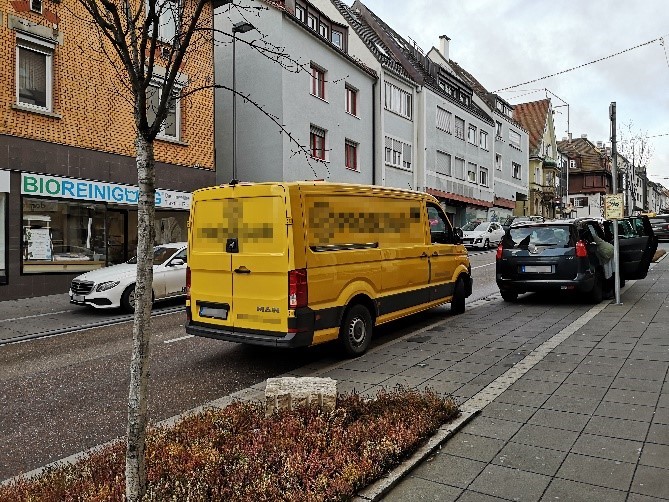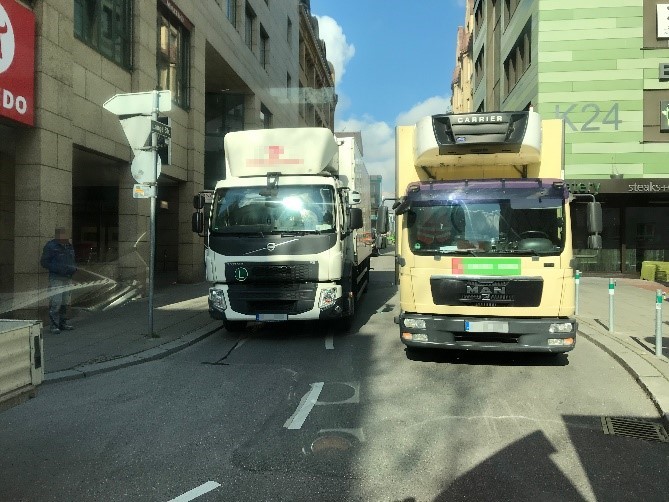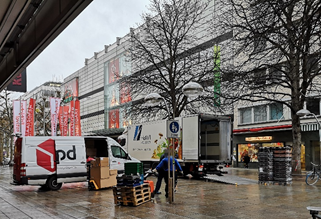The sustainable supply of inner cities depends on sustainable and efficient logistics. City-compatible logistics avoids bottlenecks in the urban infrastructure, and is handled almost silently and without local pollutant emissions. The possibilities of intelligent dovetailing and coordination between freight and passenger transport are consistently exploited so that city centers become more attractive and delivery transport is still carried out efficiently. This includes the use of electromobility on the last mile, i. e., quiet delivery vehicles and quiet handling technologies for urban delivery transport that can also be used at night and without any conflict with passenger traffic. Supported by forward-looking networked communication technologies, urban delivery and freight traffic is dynamically guided through urban space without impeding traffic. New business models of retailers, manufacturing companies, as well as the transport industry enable the integration of these new concepts into business processes. For this purpose, new paths are being taken and traditional structures are being reconsidered and amended. The Fraunhofer Commercial Transport WG offers research and consulting services in seven relevant areas:
- Initial markets for electromobility in city logistics
- Traffic management and planning
- Navigation and vehicle routing
- Business models and acceptance
- Monitoring of impacts on traffic and environment
- intelligent and mobile goods transfer systems
- Multipurpose use of buildings and areas for logistics
 Fraunhofer-Allianz Verkehr
Fraunhofer-Allianz Verkehr


